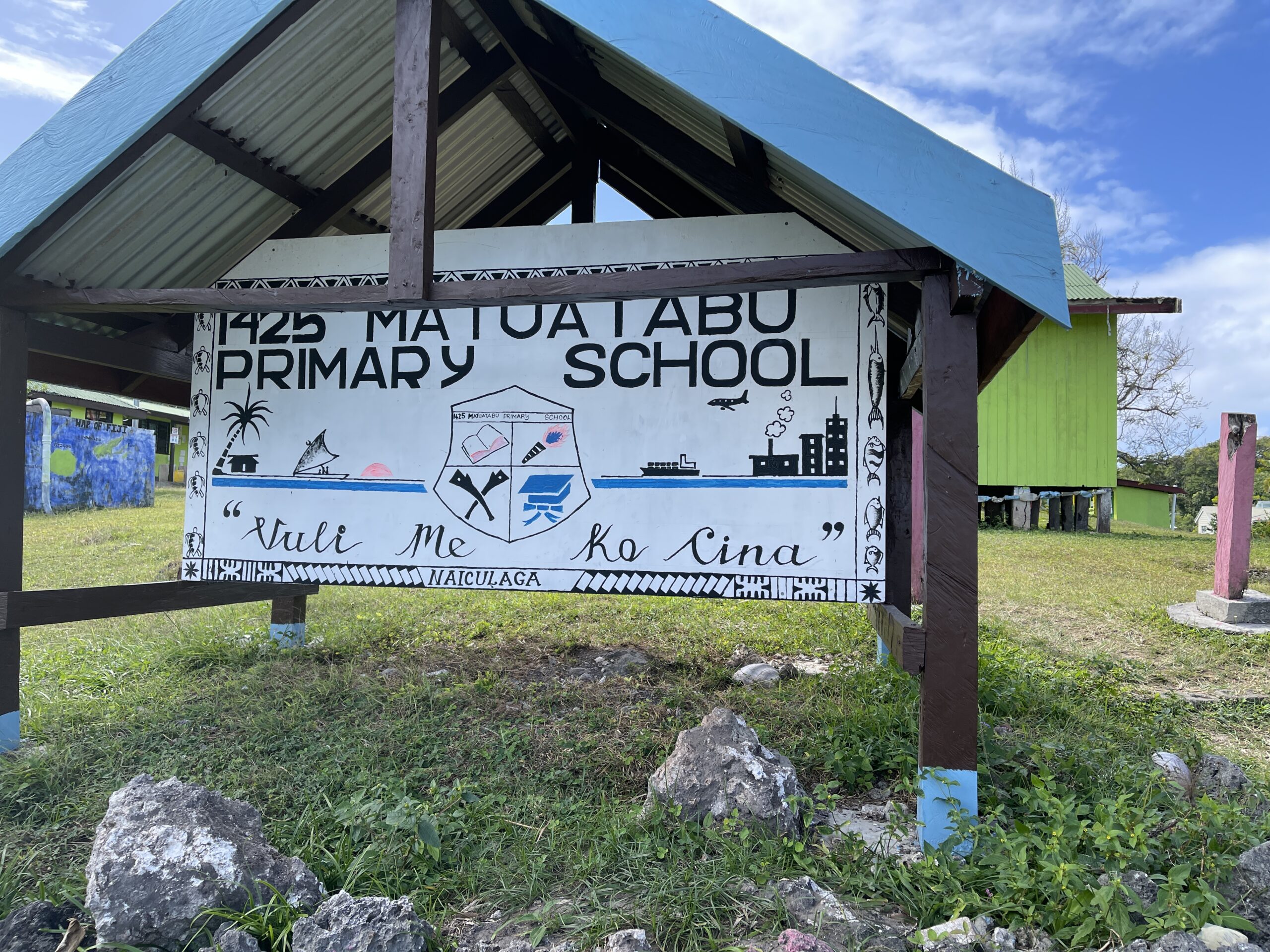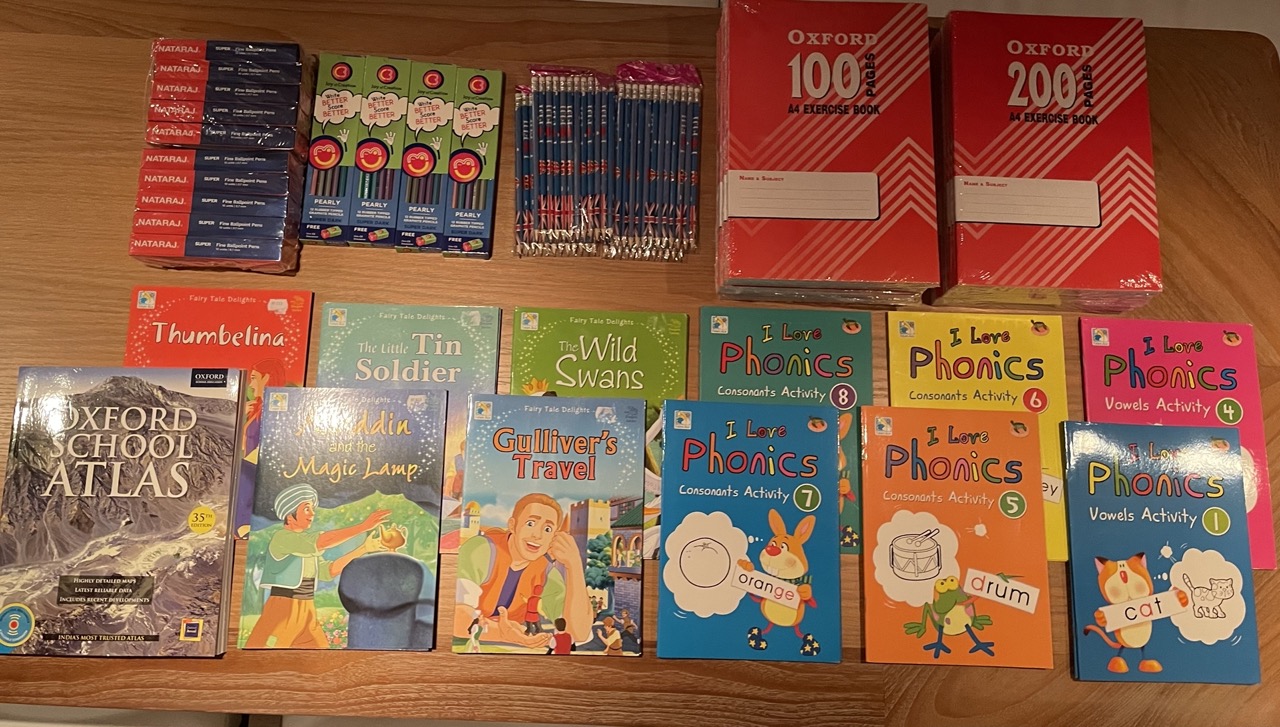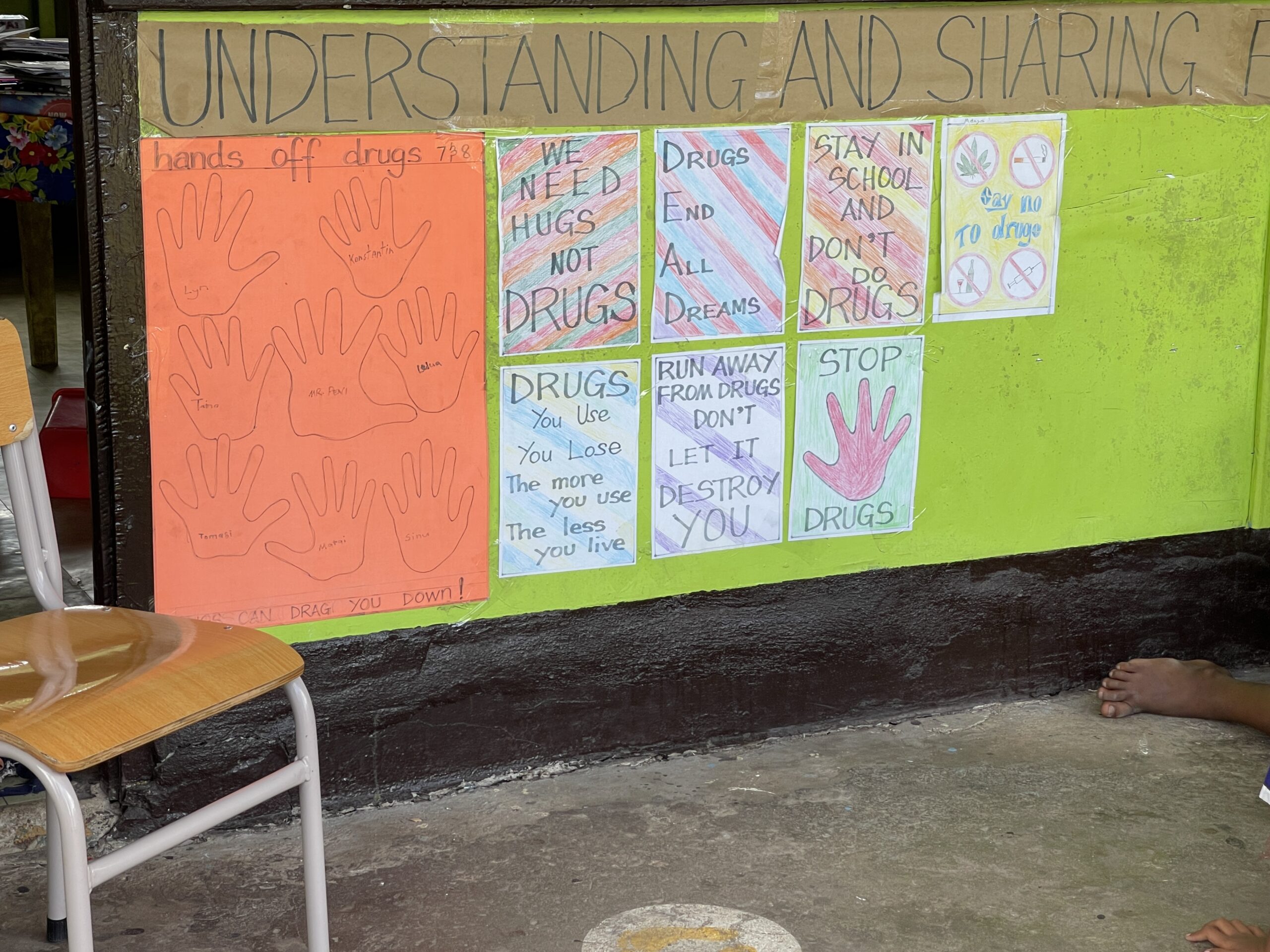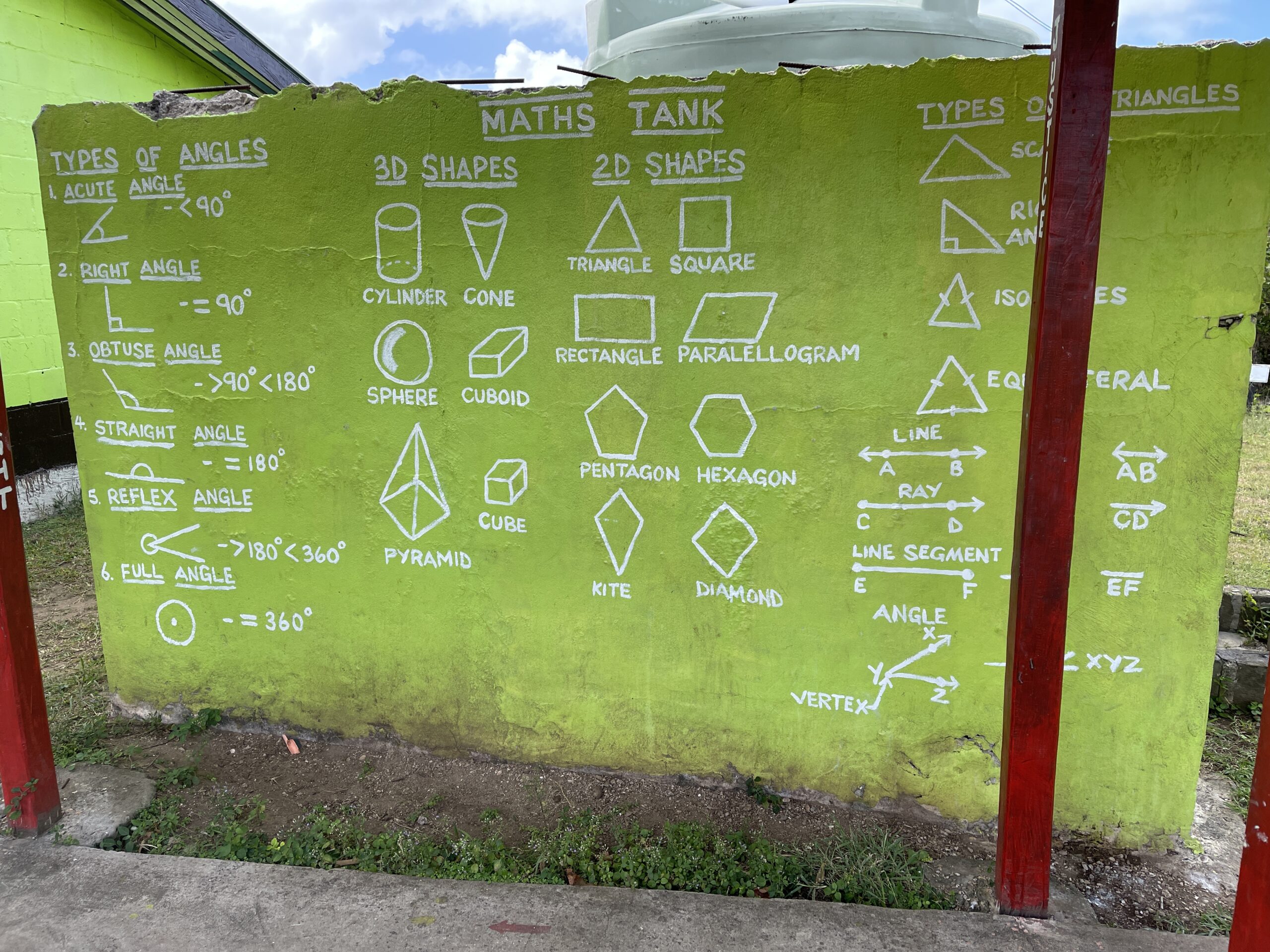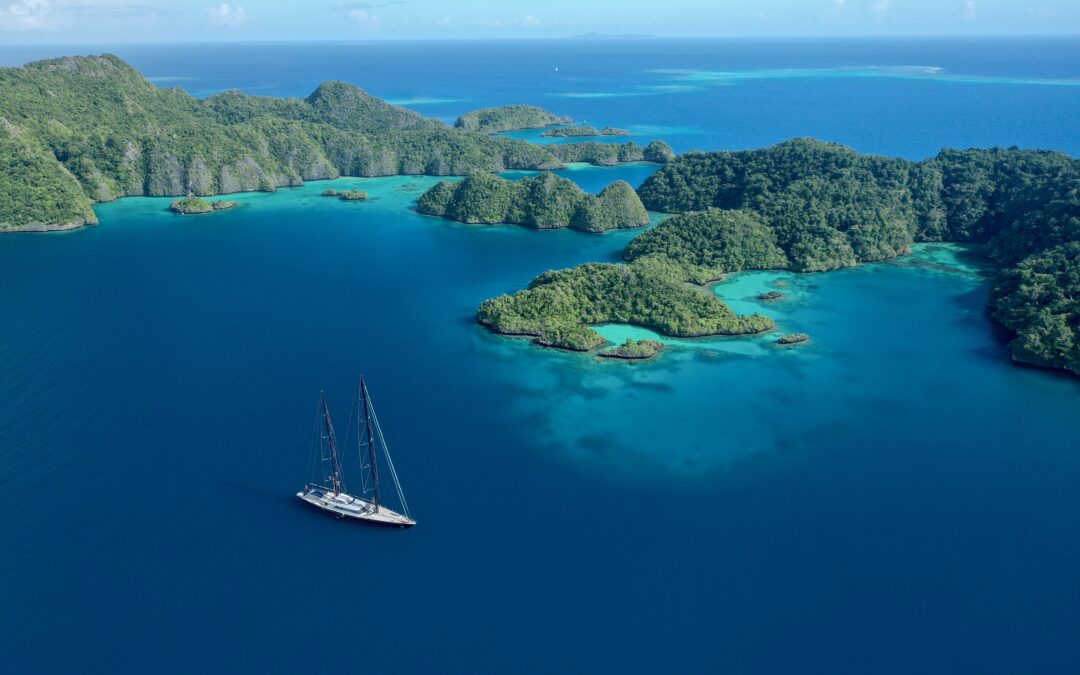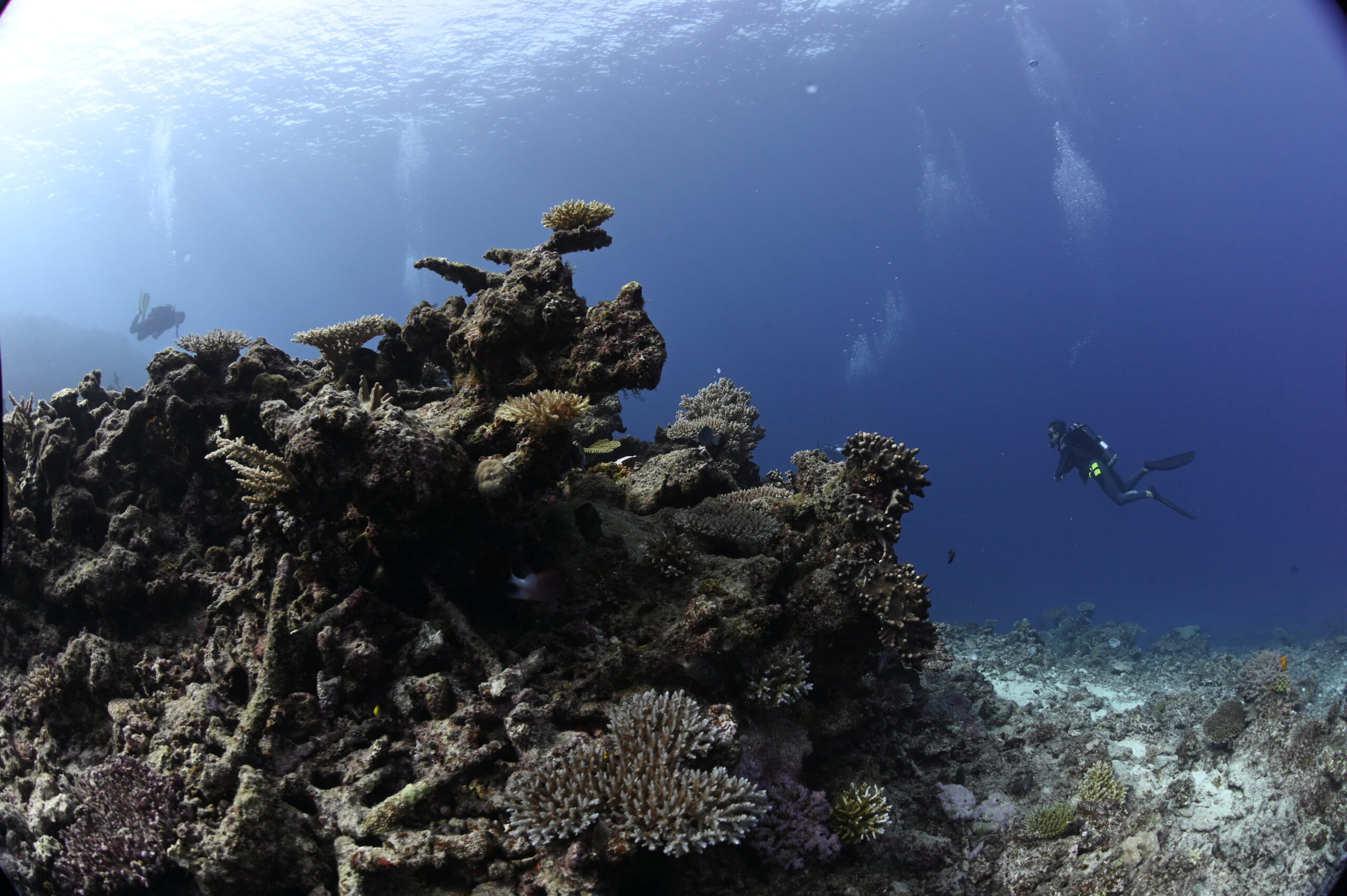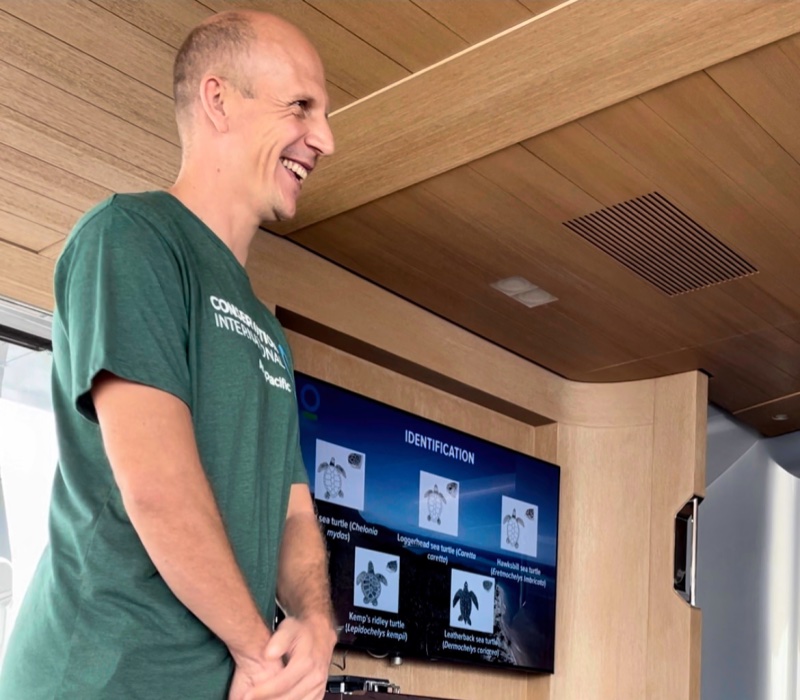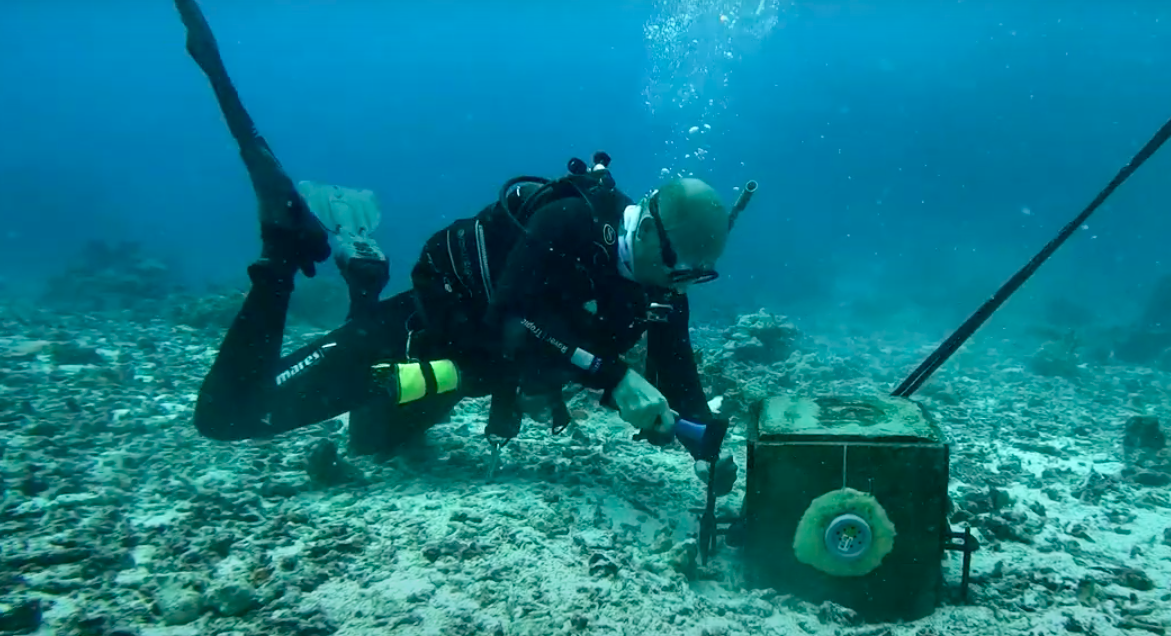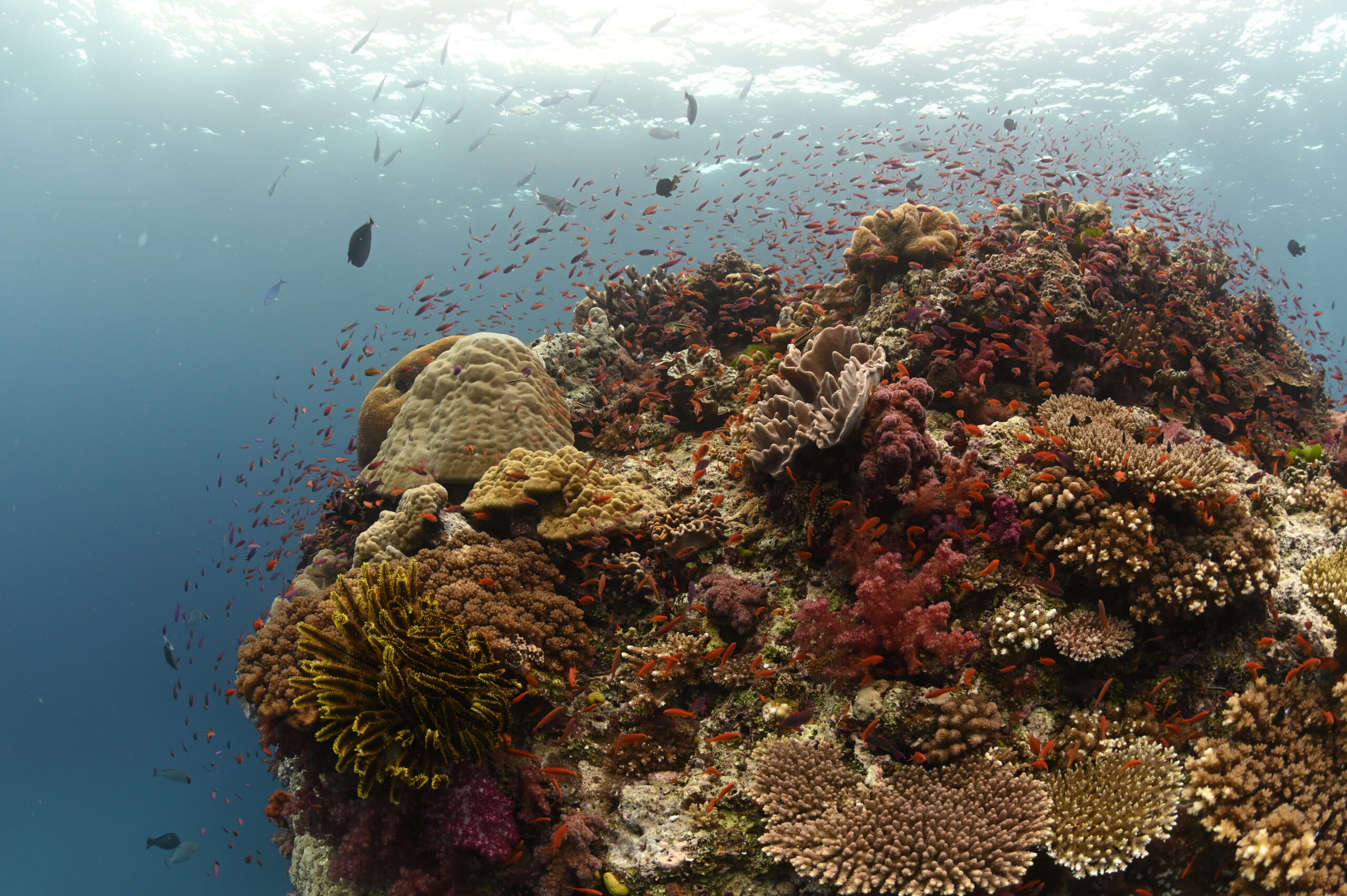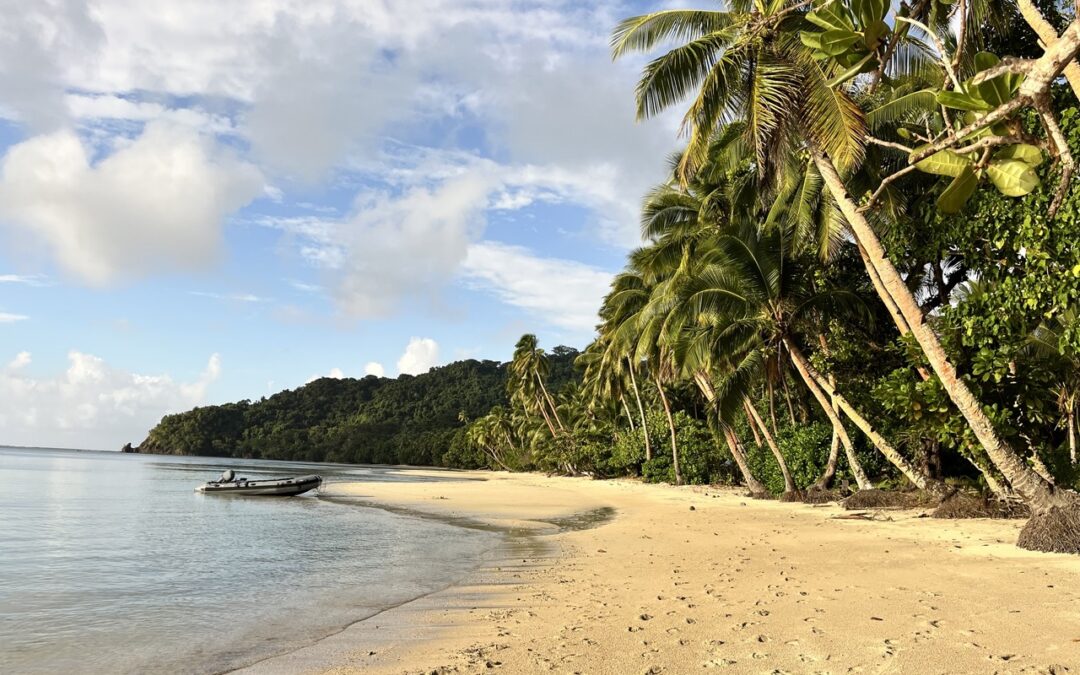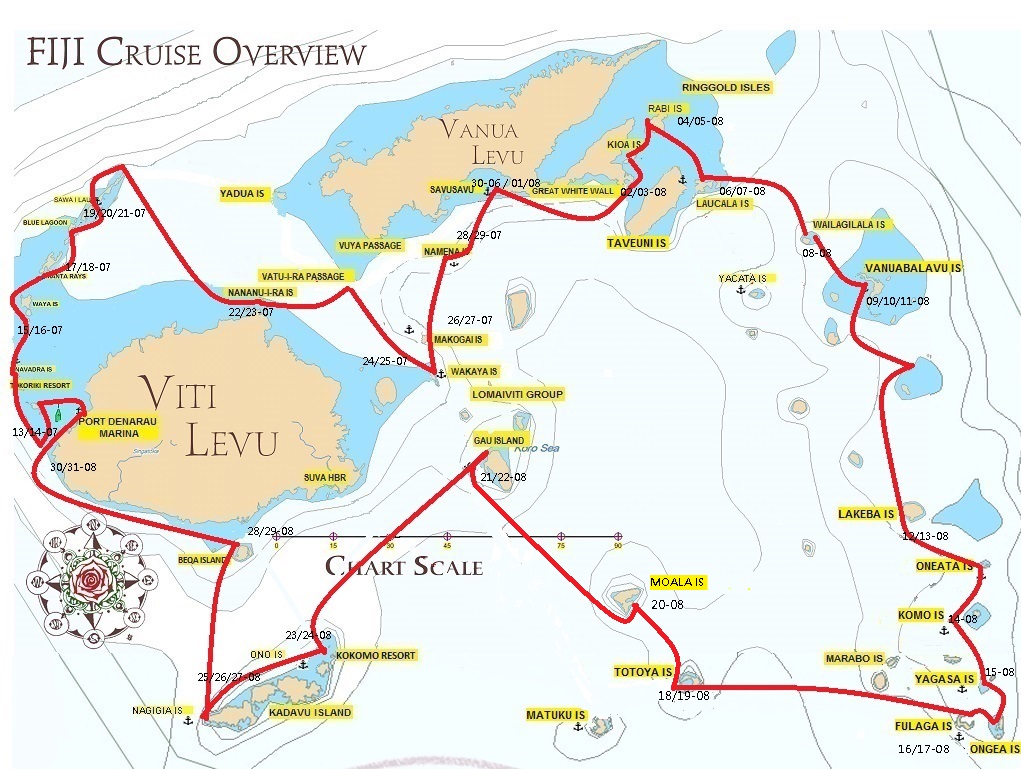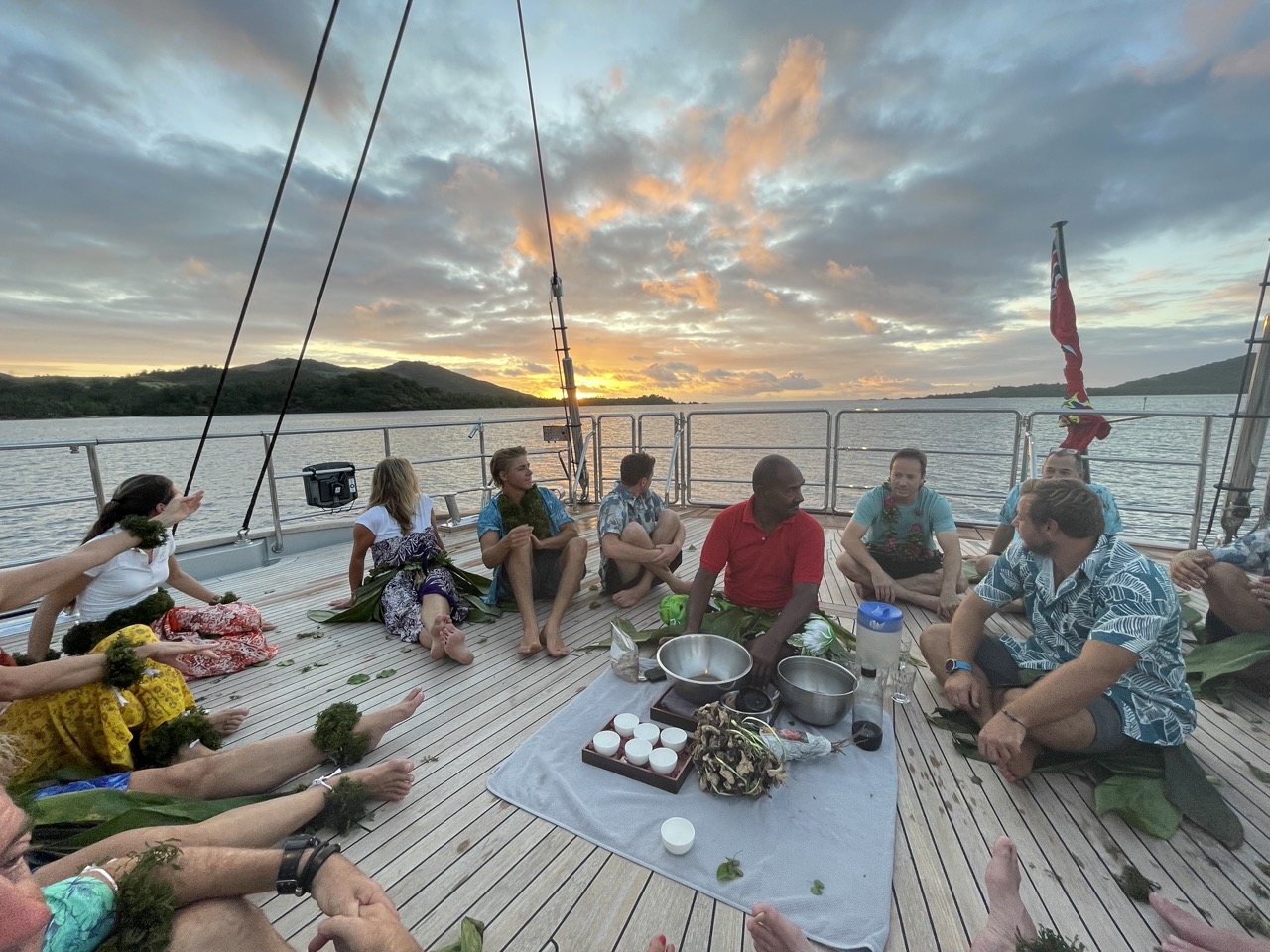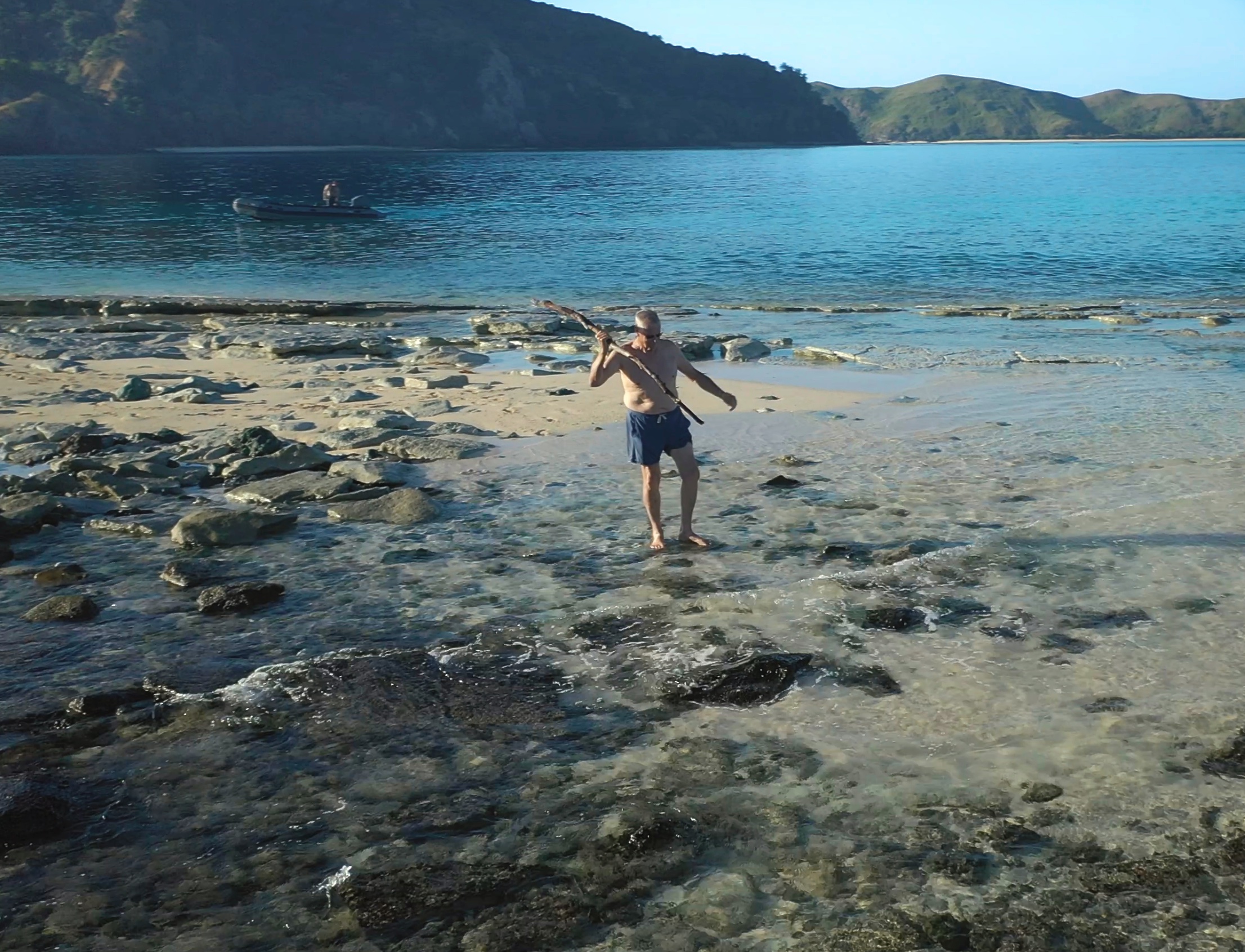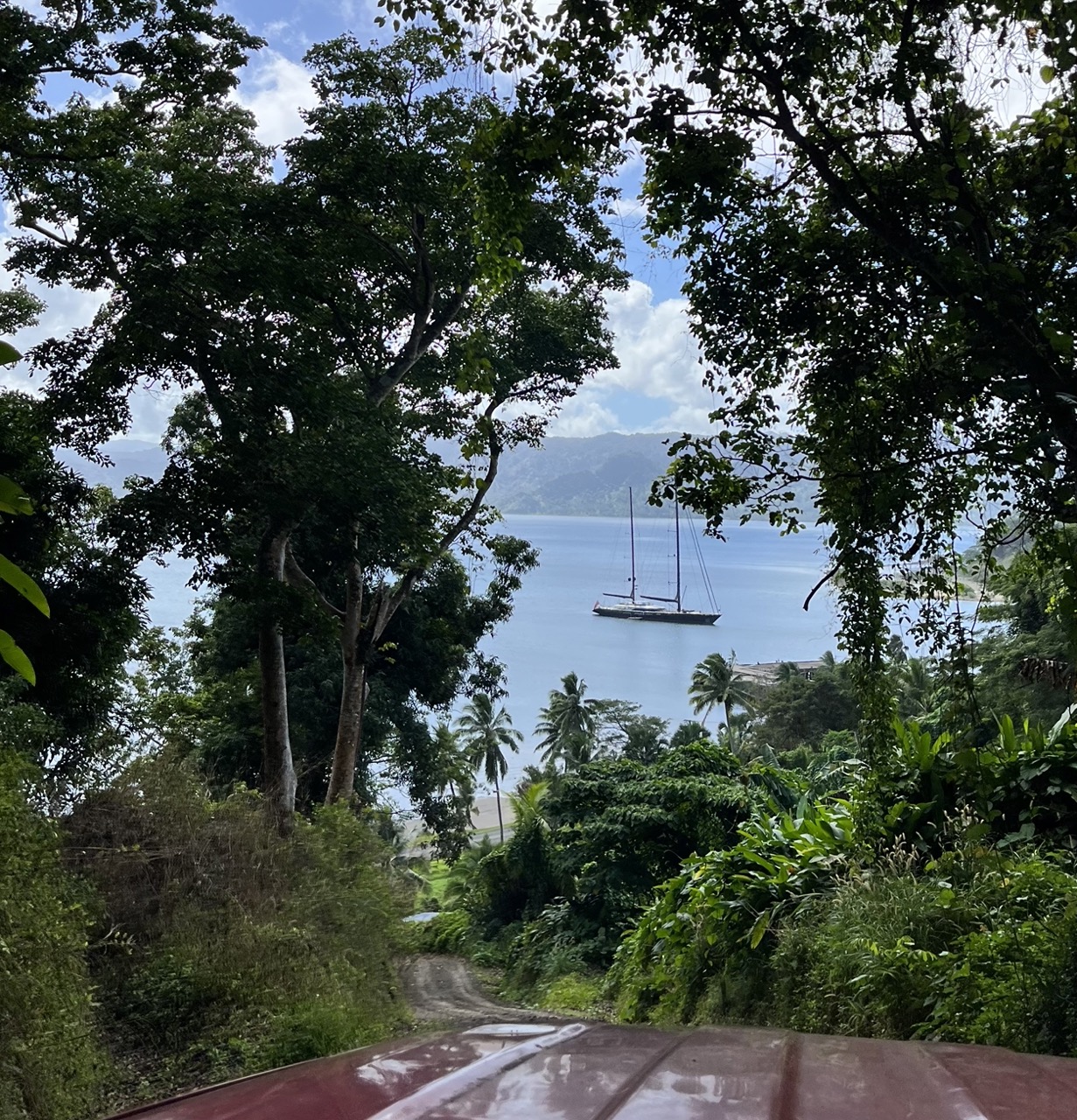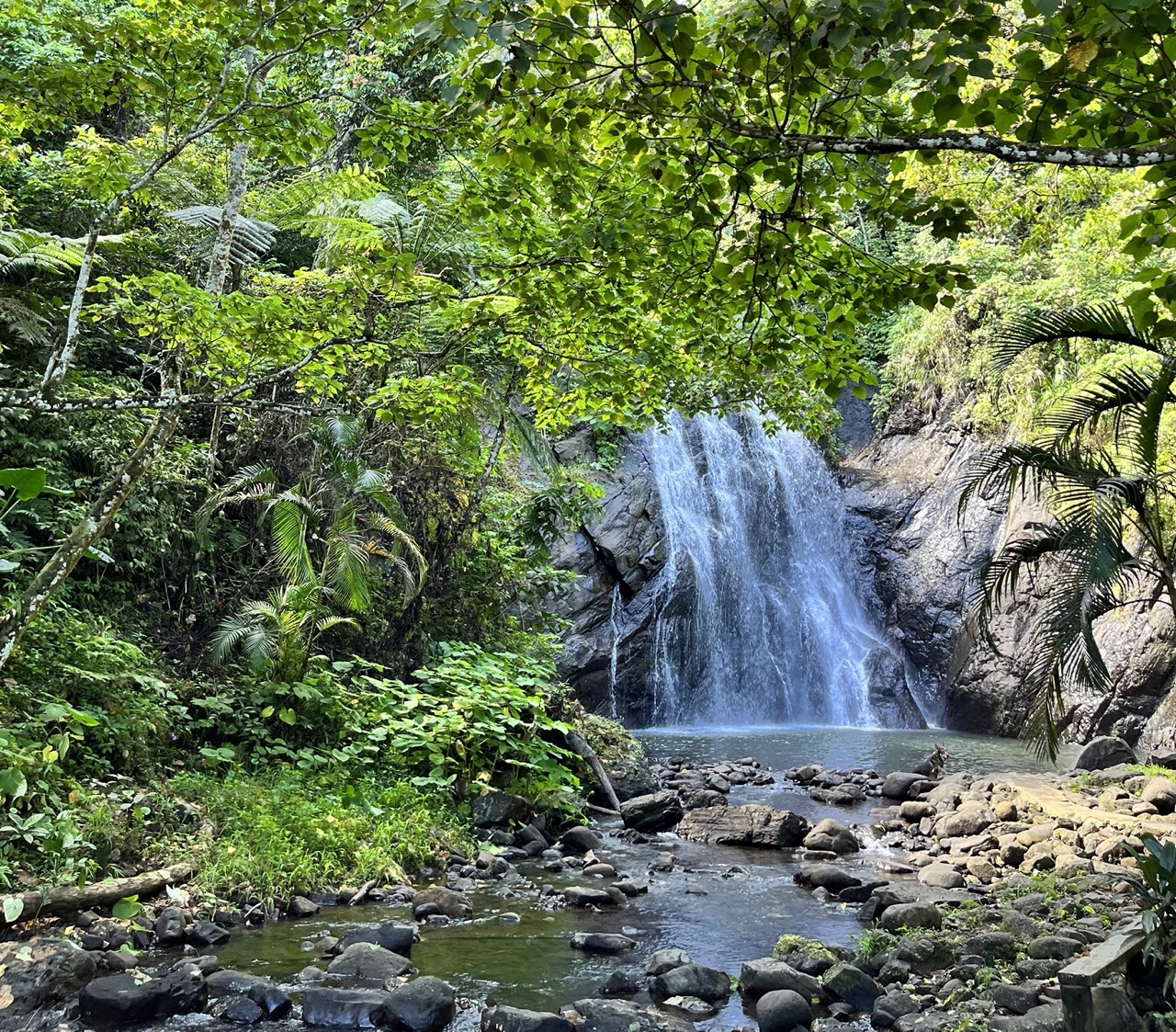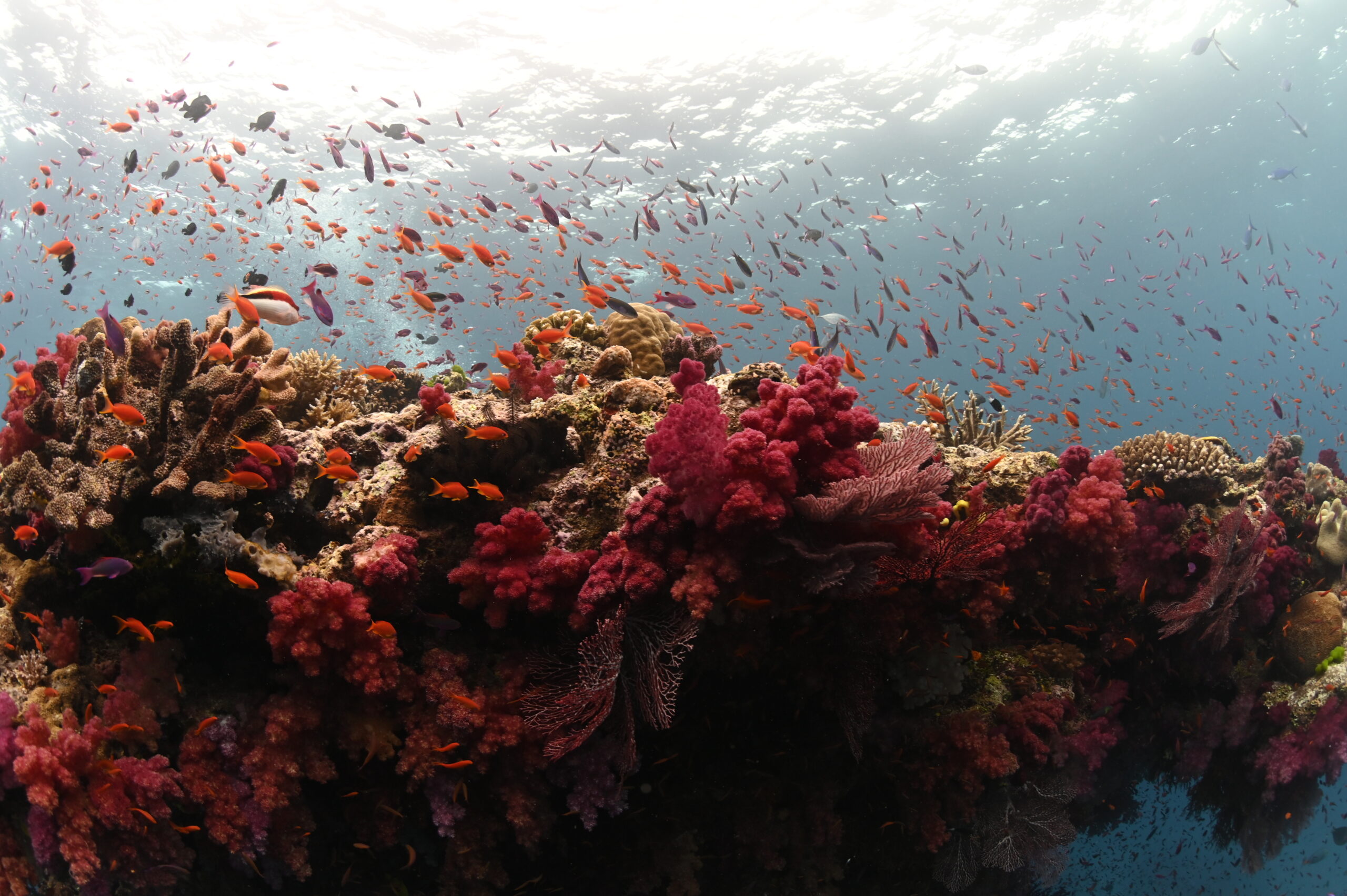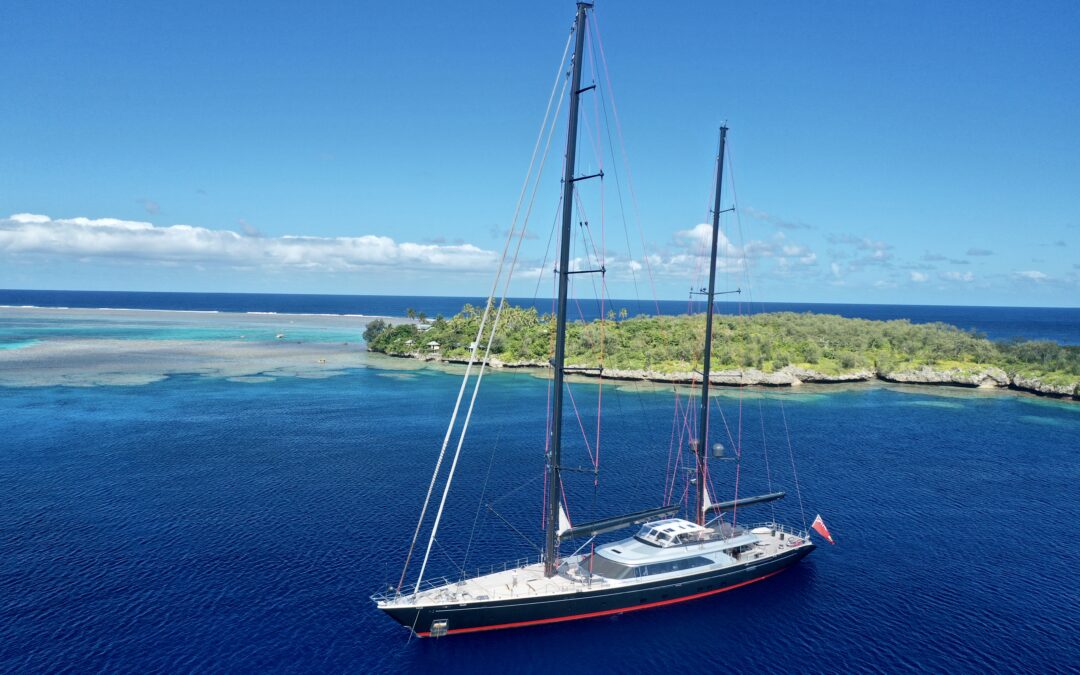
Fiji, Part III – School Visits and Cruising Lau, Lomaiviti, and Kadavu
The Lau group is located on the eastern side of Fiji and east of the Koro Sea. With some islands closer to Tonga than to Fiji, the populated islands of the Lau group have a unique mix of Polynesian and Melanesian cultures.
Vanua Balavu, the chief island, was our first stop on this side of the world. We found shelter from the bad weather in the Bay of Islands, a region characterized by the many green mushroom-like islets that rise from the sea, creating small coves surrounded by calm, turquoise waters.
It was here that the Seahawk team visited a local school in the village of Daliconi. We also participated in our first Sevusevu; a ceremony where the visitors meet the chief and inform him of the intentions of the visit, acknowledge the clans that exist on the island and present an offering of quality Kava root.
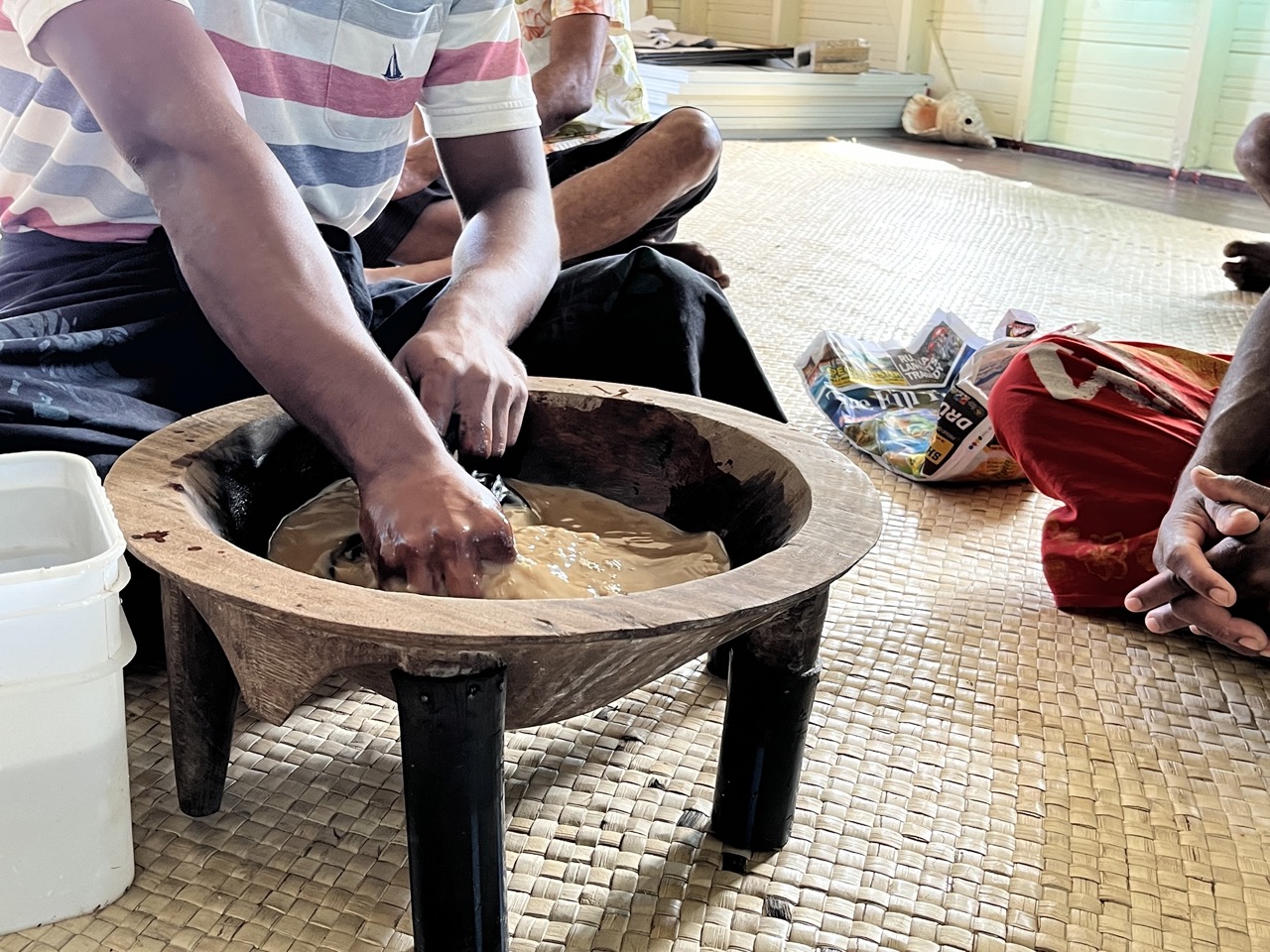
The Sevusevu ritual is mandatory when visiting any of the islands, as one needs to be welcomed in to enter the village. Valu was our representative on the ritual, and after being accepted, we were all allowed to visit the town.
We were shown around the village and the school, meeting the teachers and the children.
Village life is very simple, but the community’s basic needs are met. The school system in particular is a primary focus, as is the church for the villages’ largely Christian population. The 1st through 8th classes often involve several grades merged together depending on the age of the students attending. And the teachers, provided by the government, usually come from bigger areas, like Viti Levu. Their contracts normally last a year, but some stay on longer depending on personal circumstances including the nature of opportunities elsewhere.
Daliconi Village School has 3 teachers and 25 children of several ages. This school had no internet and no cell phone service. Periodically, the headmistress, who has a cell phone, pilots a small school boat to a special spot in the lagoon where a cell signal is available. There she can communicate with her superiors and send reports.
Although this supposes an extra effort, the teachers see the bright side in maintaining a traditional style of teaching, away from modern technology and internet usage.
Daliconi was the first of three schools visited during our journey throughout the Lau group. Village communities in the Lau group have much in common, but there are small differences. The Oneata (Southern Lau) school, for example, recently installed an internet connection, and the school administrator emphasized the importance of designing an e-learning curriculum that prepares the students to compete successfully off the island, while also making the teaching relevant to their daily lives.
Seahawk’s warm welcome by the Lau Group island peoples was a treasure to be cherished. What started out as a somewhat routine mission to help the schools by donating learning materials and sports equipment turned into one of the most heartwarming and uplifting embracements ever. The friendliness and curiosity of the kids throughout all of our visits were salient. One of the most candid moments we had was in Udu village, on Totoya island; After introducing ourselves to the very young children, they all seemed too shy to talk to us, but then Righardt (the dive instructor on board) asked them about rugby and broke the ice in the room; glowing eyes and big smiles, many of them showed an enthusiasm that only grew when they saw the rugby balls gifted to the school. Clearly, there is no doubt as to which sport is the most popular in the country.
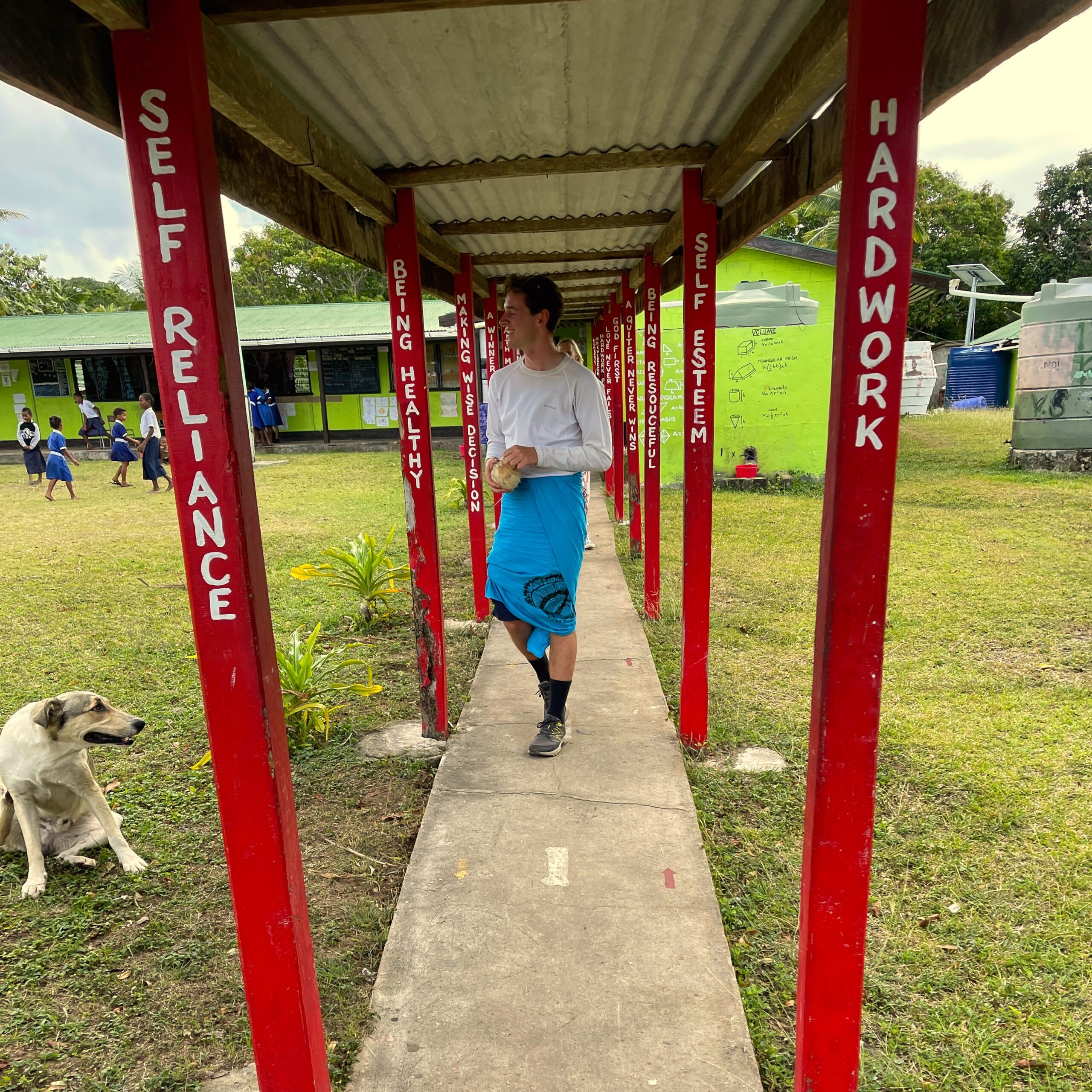
The village visits in Lau were a privilege for us, as we experienced Fijian culture and witnessed the lifestyle in such a remote part of the world. Unaccessible for most tourists, some of these islands have maintained a basic way of life. The community is also highly collectivist; a lot of value is put into the vanua (a concept that means family, village, and land); it is the norm to take care of each other, and obligations and rewards are shared between the inhabitants.
Exposure to Fiji island life also invites an opportunity to compare one’s own cultural baseline with others. Life for many Fijians is patriarchal and hierarchical. There is a defined line of power, with the chief of the village being at the very top of the structure and leading all decisions. A lot of respect is also given to the elders, who often share knowledge about the history of the land with the younger generations. Women traditionally maintain the role of caretakers, as in many other parts of the world. This was most apparent during our visit to Gau, where guests and some crew visited the village of Nawaikama to attend one of Fiji’s most traditional features; the Meke.
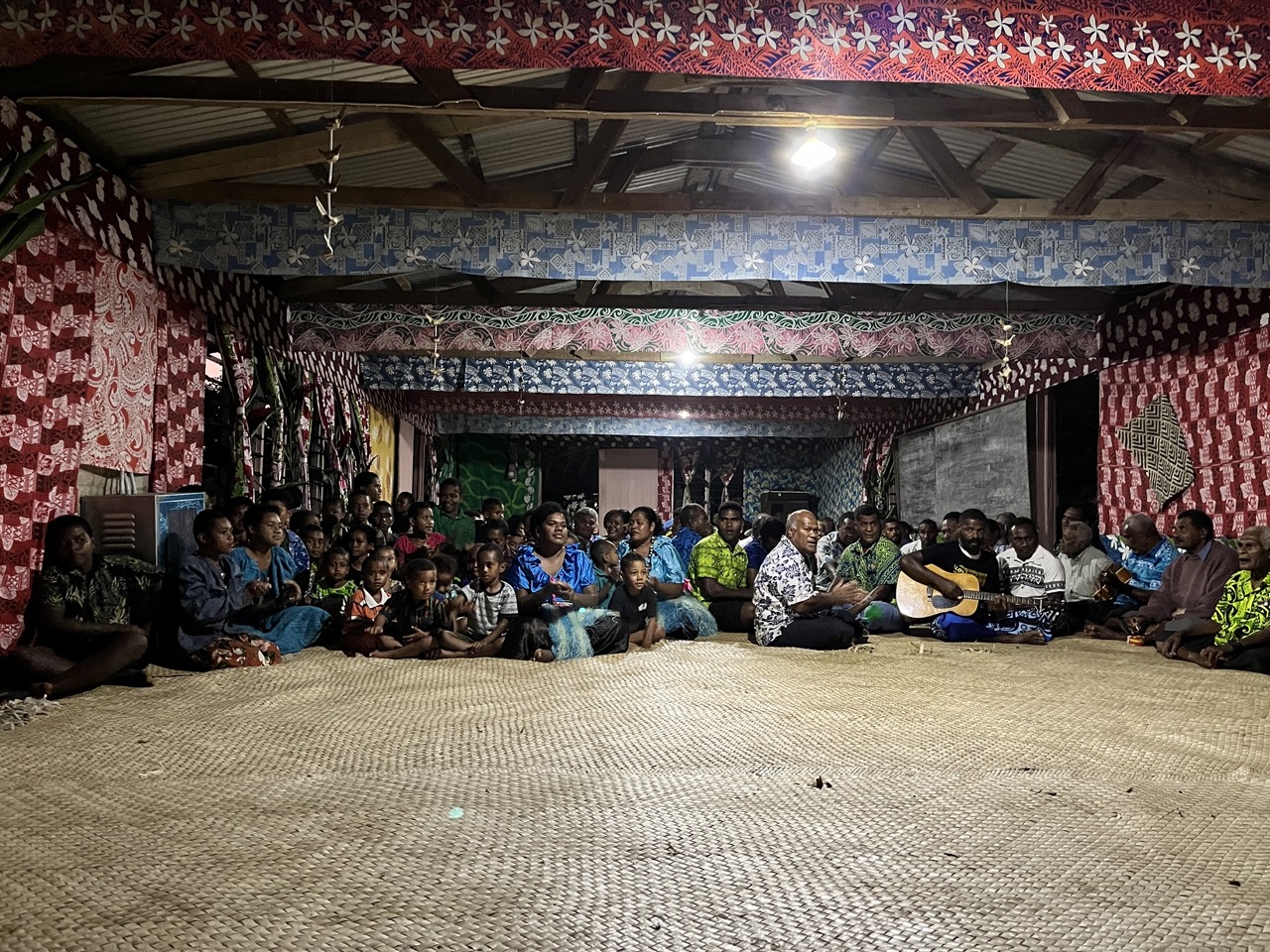
The Meke is an art show where stories are shared through songs and dancing. Women and men are dressed in traditional clothes to dance and chant songs about their history and culture.
As Captain Steve remembers from this particular day:
“When arriving at the village as a mixed group of crew and guests, we were very subtly but firmly segregated into two groups. The guest group, mainly female, plus the female crew members were ushered on a tour of the village while I and the other male crew were taken directly to the village hall where the elders of the village had gathered for the usual Kava ceremony. Even there when we arrived, as the captain I was separated from the other crew members and placed to sit with the senior members of the village… this was clearly a natural process for them, but stood out to us.”
Although we had a rough idea of what this event would be like thanks to Valu, what we experienced was unexpected.
When we arrived at the village hall where the Meke would be hosted there was a crowd waiting. It seemed like the whole village had descended to greet us; the elders on one side, some older adults drinking Kava, and very young kids, women, and teenagers sitting on the opposite side. All were expectant for the show that was about to begin.
As guests, we sat facing the town locals, and one by one we introduced ourselves. We drank Kava, attended the sevusevu, and politely listened to some prayers. And then we watched the dancing and the singing, amazed by the room’s music and the joyfulness. Men, women, and teenagers all danced to their well-rehearsed function. Everyone sang. We all ended up dancing together and sharing a fun, memorable moment.
There are not so many places in the world where the whole town gathers to deliver the amazing warm welcome the Seahawk group received. Here in Fiji, though, events like this are an occasion for everyone in the village to share time together, and at the same time to proudly introduce outsiders to their culture and traditions. We should all wish there were more places like Nawaikama.
Seahawk’s voyage around Fiji was an educational experience for everyone on board. We saw the good and the bad, the sad and the uplifting, and all in all, the reality of a nation characterized by a multicultural population navigating through modern-day challenges. The effects of overfishing and climate change on the environment and society, and the delicate balance between maintaining a traditional lifestyle while preparing the youth to navigate a world where technology and digital skills are necessary, were all on display
Although rainy, the last days of our voyage in Fiji were marked by good sailing, good hiking, and visits to some of the best dive spots in the region. The underwater surroundings seemed healthier than those experienced during some of our earlier stops; a reason to stay hopeful and keep fighting to protect the country’s unique marine life and coral reefs.
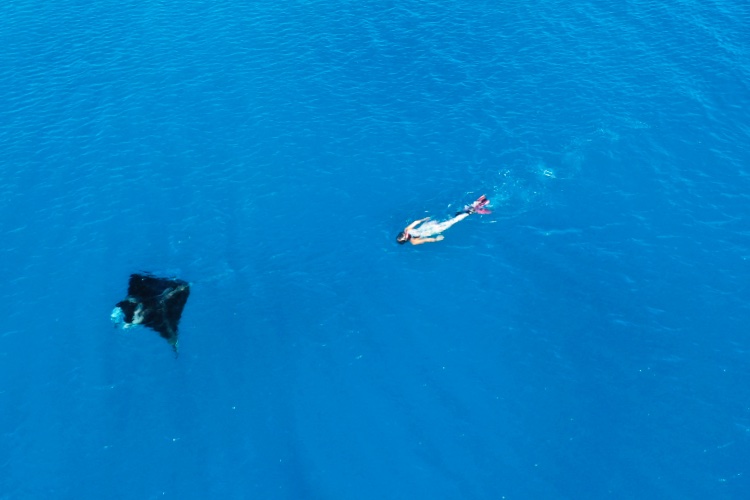
We arrived back at our home base in Viti Levu at the beginning of September, with a whole new perspective on the country. Seven weeks of circumnavigating the region were now complete. And so ends Seahawk’s first South Pacific journey. An adventure of a lifetime that had Seahawk crew, owners, and guests experiencing the wonders of places like French Polynesia, Fiji, and beyond. The end of the beginning. Many more adventures await on this side of the world.
With owners and guests departed, Seahawk headed directly to Auckland for a well-deserved shipyard period, a 10-year refit, in order to be ready and back in action by June 2023. Although the itinerary for next year is still to be decided, a big menu beckons. There are so many great South Pacific opportunities, and candidate archipelago places to visit. What’s next? Can’t wait to find out.
For now, we’ll keep reflecting on the Seahawk mission around the world, the lessons learned, and the adventures waiting ahead.

